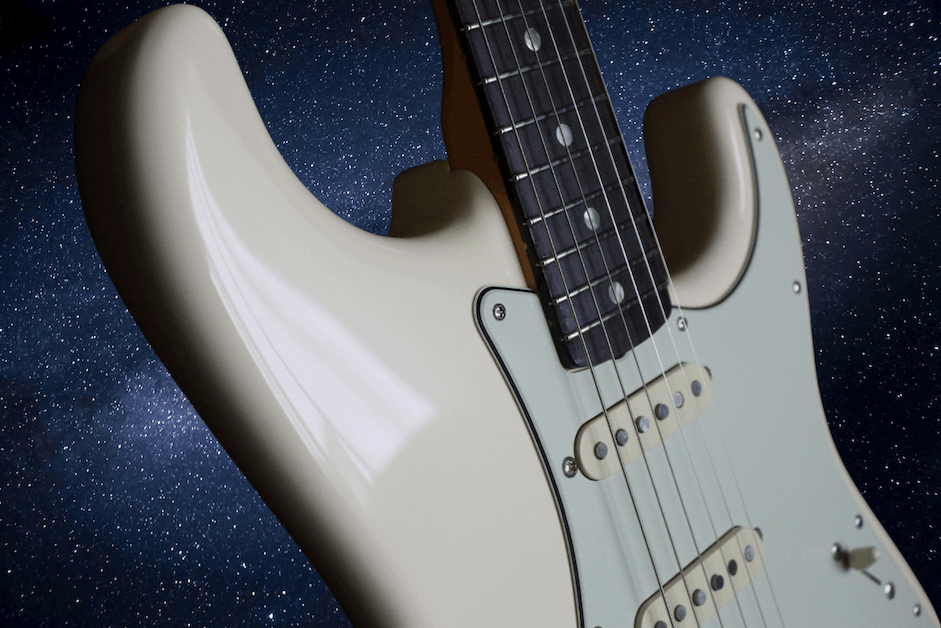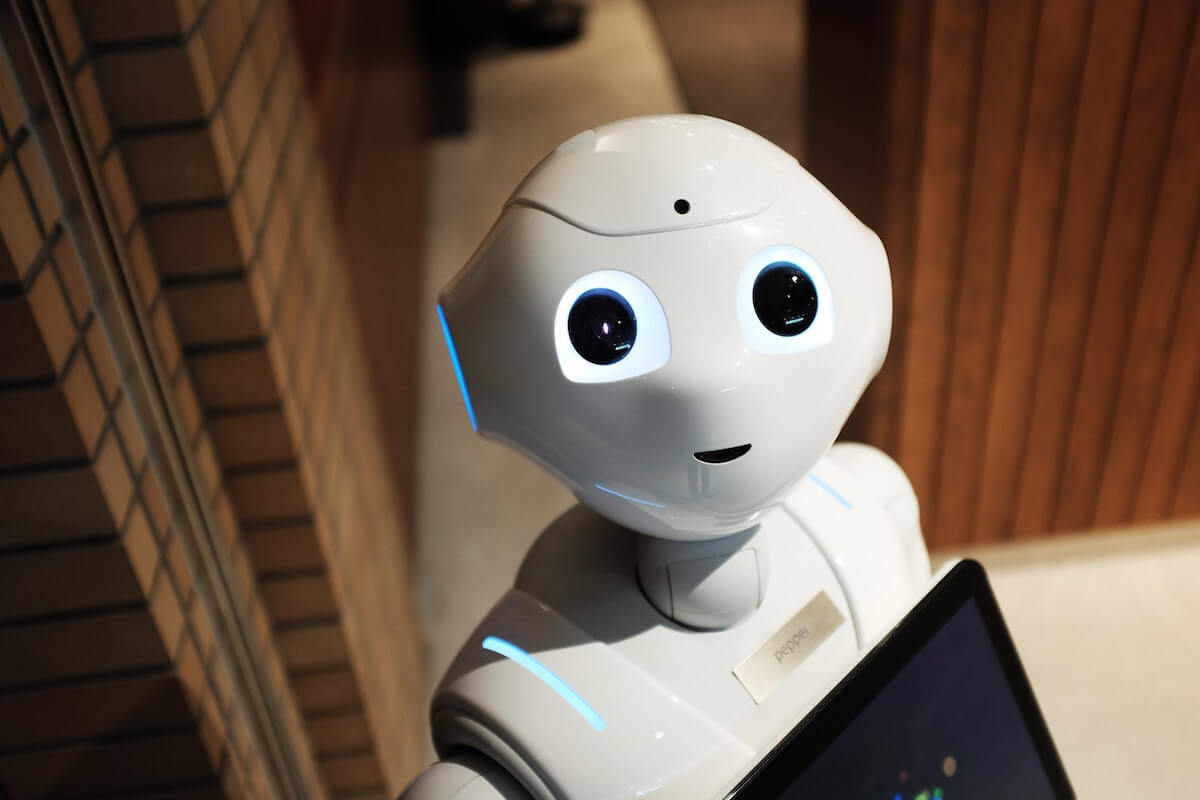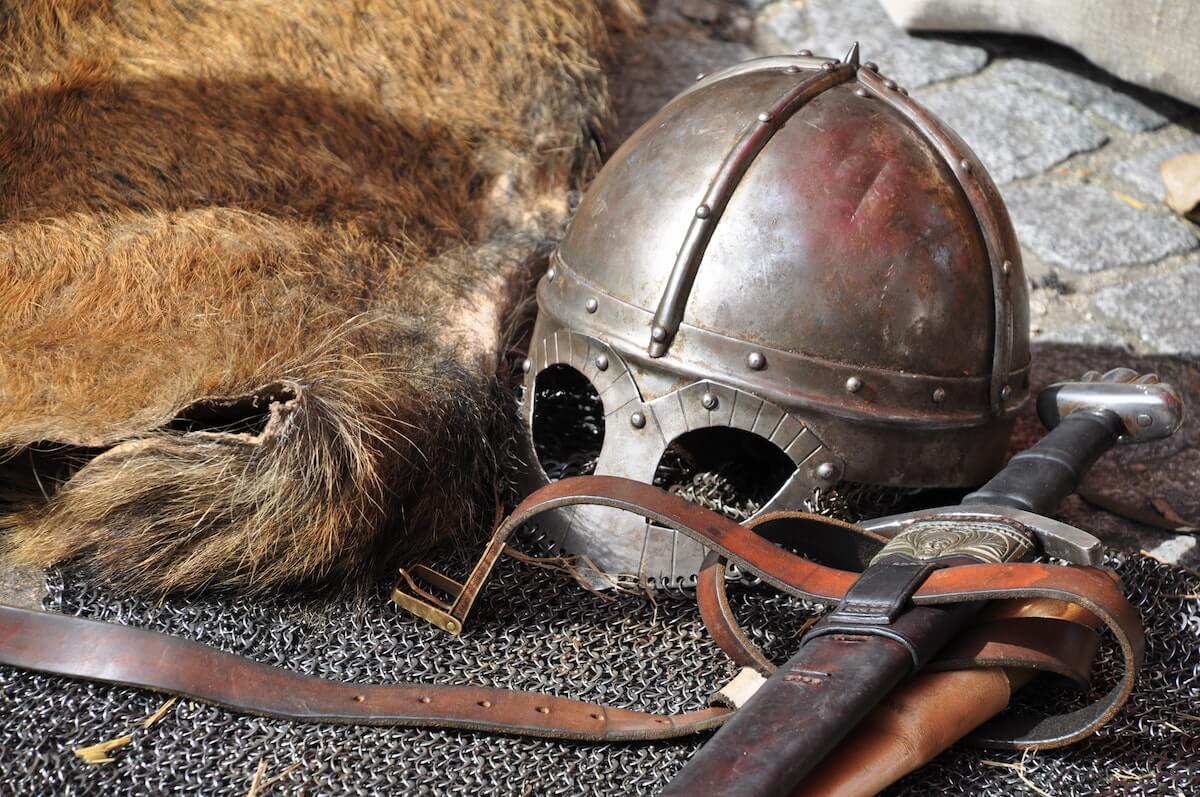Before an Austrian-accented robot assassin stalked its target in The Terminator, life found a way to go berserk in Jurassic Park, or Itchy and Scratchy Land turned into a robot apocalypse in The Simpsons, we had Westworld 1973.
Thanks to its kickass movie poster, I’ve long been intrigued to give this cult classic a watch.
And the popularity of the HBO series of the same name, a remake, helped it dot my radar.
A film that serves as a stern warning about the dangers of artificial intelligence, Westworld was written and, curiously, directed by best-selling author Michael Crichton.
According to Chrichton’s website, despite being a novelist, he felt Westworld worked best as a film.
To paraphrase the author, the movie is about ordinary people traveling to a theme park full of androids to live out their fantasies — like quick-draw showdowns against cowboys or sword fights in Medieval castles.
So Chrichton felt using a visual medium would make audiences recognize the familiar staging of these heroic moments.
Then Westworld’s trick would be to pull the rug out. By playing directly against audience expectations, these archetypal moments wouldn’t exactly go to plan.
But while Chrichton had a vision, there were some hurdles to clear.
First, this would be the author’s theatrical film directorial debut, having only handled a TV movie before.
And to make matters worse, MGM would only allow the inexperienced Chrichton to direct the film if he could make it for $1.3 million (which isn’t much even in 70s dollars).
And he had just 30 days to shoot it.
Yikes.
But Chrichton, cast, and crew came through.
Westworld was a hit, becoming MGM’s biggest box-office success of the year. It also received critical praise and nominations for Saturn, Nebula, and Hugo Awards. And the film has a legacy that continues today (more on this later).
But we’re over 50 years into the future now.
Today, is Westworld a good movie?
The Plot of Westworld:
In the near future, The Delos company has built the perfect escape for adults: a theme park that simulates past worlds.
With the use of androids like non-player characters in a video game, Delos has meticulously recreated the environments of Rome, Medieval Europe, or the Wild American West – all with costumes and real weapons provided.
Park visitors have a license to thrill themselves: They can manipulate the world to their desires.
And manipulate they do. Whether they shoot down gunfighters in a duel or attempt to seduce medieval queens, they know Delos has ensured every detail of their safety.
Off on a wild west adventure are buddies John Blane (James Brolin, whose likeness between him and son Josh Brolin is uncanny) and Peter Martin (Richard Benjamin, whose bush-thick mustache is worth the price of admission).
But while the guests enjoy their days and nights, behind the scenes, the Delos company notices abnormal behavior in the androids, such as one called The Gunslinger (Yul Brynner).
It’s probably just a minor bug in the programming that will work itself out; right? Right?
Fun Fact: Alan Oppenheimer plays the Chief Supervisor of the park. For those who don’t know, that’s the voice actor for none other than Skeletor of the He-Man cartoon.
The idea of Skeletor overseeing a theme park tickles me.
The Rest of the Main Cast Includes:
- Norman Bartold as Medieval Knight
- Victoria Shaw as the Medieval Queen
- Dick Van Patten as the Banker
- Linda Gaye Scott as Arlette
- Steve Franken as the Delos technician shot dead by the Gunslinger
- Michael Mikler as the Black Knight
- Terry Wilson as the Sheriff
- Majel Barrett as Miss Carrie
- Anne Randall as Daphne
- Robert Hogan as Ed Wren (uncredited)
- Kenneth Washington as Technician (uncredited)
- Nora Marlowe as the Hostess
- Charles Seel as the Bellhop
- Robert Patten as the Technician
The Good Things About Westworld:
The Gunslinger that Influenced The Terminator, +6 Points
Casting Yul Brynner in this movie was a masterstroke, but it feels like a no-brainer.
With his well-known role as Chris in The Magnificent Seven, Brynner immediately looks familiar to the audience as a western gunfighter (he even wears the same costume in both movies, preying on audience expectations).
But Brynner completely nails this role, and his quietly chilling performance is the number one reason to watch.
Brynner plays his part with a subtle jerkiness and understated stiffness in his overall movement, which is perfect for an android. He goes soft robot, which makes the audience believe he’s full robot.
Late in the film, when a chase scene begins, his unwavering, menacing stare and rigid, poised posture bristles with intent and quiet malice. The contacts that he wears add to the effect, and I find him believable and terrifying as he squares off against John and Peter – for real.
Brynner’s acting and the Gunslinger character influenced other sci-fi movies we know and love today.
For example, Arnold Schwarzenegger admits he modeled some of his performance as The Terminator after Brynner’s Gunslinger.
And Crichton has described the Gunslinger as “…the predecessor of Darth Vader in Star Wars.”
He calls him…” the predecessor of all the Boss villains, the unbeatable super opponents, that came after 1973.”
And having watched this film, I don’t think Chrichton is just blowing hot air into his ego balloon. I have to agree with him here.
First Use of CGI, +2 Points
A bit of trivia – according to Wikipedia, Westworld has the first computer-generated image in the live-action portion of a film (which until now I thought was James Cameron’s The Abyss, all the way forward to 1989).
During the final sequence, the CGI clicks in for a POV switch to The Gunslinger’s perspective, allowing us to see the world through his eyes as he stalks his victims.
It’s an effective way of heightening the tension and letting the audience get to know the villain just that little bit better.
It also predates similar sci-fi ideas, such as the Predator’s infrared vision, RoboCop’s view/OCP directives, or the Terminator’s HUD.
Peeking Behind the Curtain, +4 Points
The movie succeeds at worldbuilding. It takes the audience backstage, bringing us into the work of the Delos employees. We watch as they diligently repair any robot that’s been shot to death, stabbed, or just malfunctioning.
Despite being a lower-budget 1973 movie, the practical effects are sound enough to make it believable and have the aesthetic charm of the era.
These Delos inner workings sequences also foreshadow the havoc that is about to begin. The employees notice strange anomalies and have internal discussions about the computer virus circulating in the park’s androids.
But I had to wonder – with sex with robots featured in the movie, what exactly were the staff doing to, uhm, sanitize them between uses?
If you thought janitorial work cleaning up all the vomit on tilty-whirly rides might be the worst job in a theme park, I guess scrubbing out the crevices of used sex bots might just be worse.
The Not-As-Good Things:
Another Fifteen Minutes of Themes? -3 Points
Westworld falls short, literally. Its runtime is just 1 hour and 28 minutes.
Crichton seemingly wanted the movie to be more of a thriller, not necessarily a heady sci-fi exploration of human nature. And to that end, this structure does the job.
But the film shows us that, in the freedom of a fantasy world, humans are drawn to their base instincts. Ordinary people go on adventures to escape our societal reality and realize sex, violence, and power trips.
Still, the film just puts these themes in plain sight without dedicating time to exploring them.
I would have enjoyed, say, a character self-realizing their dark instincts and getting haunted by their unhinged lust or bloodlust. You could see the world Delos created acting more as a mirror than an escape, creating a compelling psychological struggle.
A Bit Dull, -4 Points
When the chaos in the movie breaks out, the film blasts the excitement button and raises the tension.
Before that, it didn’t entertain me in bunches along the way.
John and Peter have some wild-west hijinks, but they’re like stock western actions. So it doesn’t matter too much.
And we check in on the fantasies playing out in the park’s Medieval and Roman Worlds, similar to John and Peter’s experiences.
I guess dominoes need setting up before we crash them over. And just as in real life, the filmic ones can be less exciting than the knocking down times.
Still, this is where my point about the themes could have been coming into play and giving us something to chew on while we wait for the drama of the third act.
Should I Watch Westworld?
Total Arbitrary Points Score: 5 Points
If you have not seen Westworld and are a sci-fi fan, please check it out.
The film is like a genre museum piece, putting out bricks of ideas franchises built on for decades to come.
Yul Brynner’s performance as The Gunslinger was a platform for villains like The Terminator, and the special effects quietly paved the way for other sci-fi hits.
Still, the film is shorter, a little boring at times, and thematically thinner than I would have liked, holding it back from absolute classic status.
So it’s a must for sci-fi fans to know their history, but casual audiences may or may not enjoy themselves here.
Westworld is directed by Michael Crichton.
Enjoyed this Post?
Thank you so much. If you’d like to get a ping when I have a new article, you can join my newsletter below.
Disclaimer:
This review’s factual information was gathered through online sources, like Wikipedia, IMDB, or interviews. Misrepresentations and errors are possible but unintentional.
Making art is hard. This is a fan’s blog. Any criticisms are meant to be constructive.




